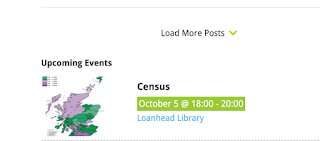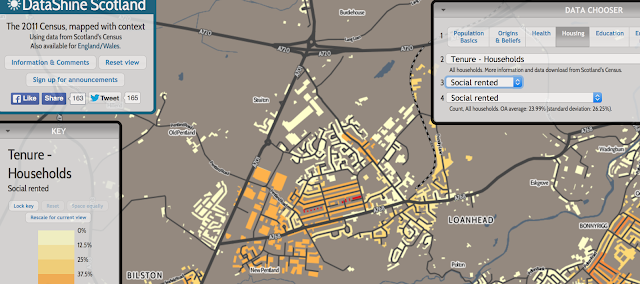The presentation outlined a range of official statistics available from Scottish Government and the results from the 2011 Census in Scotland.
We focused on the Scottish results published through the Census Data Explorer, and used a number of case studies to illustrate how the data can be used to answer specific questions, making links where possible to curricular frameworks for Geography and Numeracy Across Learning.
The session ended with a discussion on potential use of Census data within Geography National Qualifications.
In the afternoon we took part in the 'Hot Spots' forum where groups of teachers took part in 10 minute discussion on a range of resources.
The following are the resources we shared at the event
1) Presentation slides
2) Census Data Explorer worksheet
http://www.scotlandscensus.gov.uk/documents/events_workshops/CensusDataExplorer_practicalworksheet.pdf
3) Census UK Parliamentary profiles for Scotland
http://www.scotlandscensus.gov.uk/uk-parliamentary-constituency-profiles-scotland
4) Datashine Scotland - mapping Scotland with an example for health in Ayr
http://bit.ly/1j2urCW
5) Scotland’s Population 2014 Infographic report
http://bit.ly/1H3qKsi
6) Scottish Index of Multiple Deprivation training material and data
Introduction to SIMD Methodology (Notes and Slides) from
Scottish Index of Multiple Deprivation 2012 - Background Data http://www.gov.scot/Topics/Statistics/SIMD/DataAnalysis/Background-Data-2012
SIMD Training Materials for exercises illustrated above http://www.gov.scot/Resource/0048/00485316.pdf















































